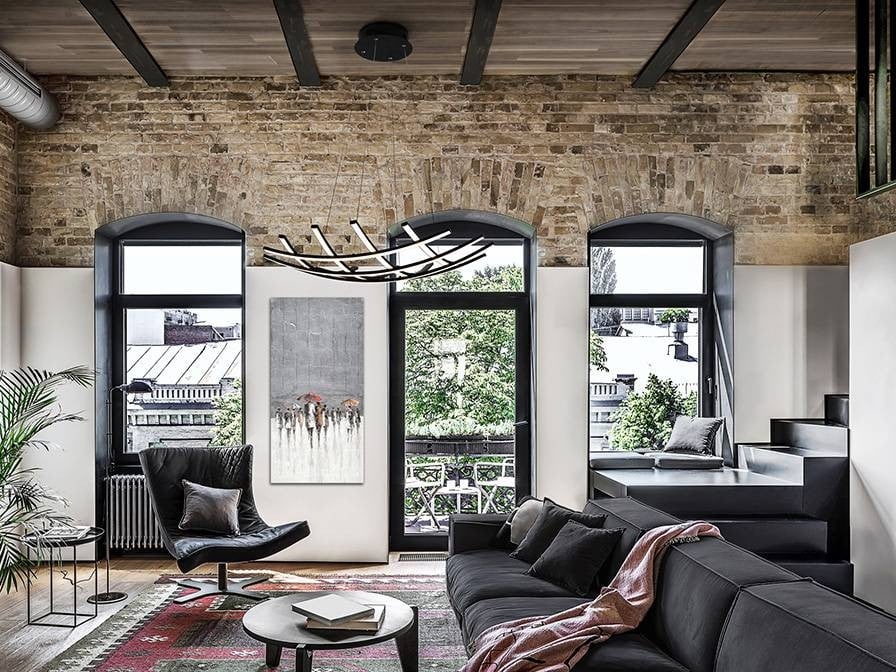
Creating a Dolby Atmos home theater is more than just upgrading your speakers—it’s about transforming your entire audio experience. Unlike traditional surround sound, which places sound around you, Dolby Atmos adds an overhead dimension, making every movie, game, and song feel more immersive.
Whether it’s raindrops falling from the sky, a helicopter flying overhead, or a whisper creeping from behind, Dolby Atmos brings cinematic realism into your home.
But to truly enjoy its full potential, you need the right speakers. Choosing the perfect Dolby Atmos setup requires careful consideration of speaker type, placement, and compatibility with your existing system.
Whether you’re building a dedicated theater room or upgrading your living room entertainment, investing in the right speakers is the key to an unforgettable audio experience.
Understanding Dolby Atmos: What Makes It Different?
To begin with, it is crucial to know what makes Dolby Atmos stand out from the rest of the speakers. It is different from the 5.1 or 7.1 surround sound, where the sound is placed in a horizontal plane, and Dolby Atmos has a 3D plane.
This is done through height channels that enable sound to move actively above and around you. Unlike traditional audio formats, where sound is confined to certain speakers, Atmos divides sound into objects; thus, effects can move freely within the room.
To get this effect, Dolby Atmos requires height speakers, which are either mounted on the ceiling or speakers that fire upwards and bounce sound off the ceiling. The selection of the type and configuration of the speakers is crucial to getting the desired Atmos effect.
How Many Speakers Do You Need for Dolby Atmos?
Dolby Atmos configurations begin with 5.1.2, which comprises:
- 5 surround speakers: front left, front right, center, rear left, and rear right.
- 1 subwoofer for deep bass.
- 2 height speakers for overhead effects.
If you want to make the experience even better, you can go for 7.1.4, which has the following:
- 7 surround speakers (with two extra side speakers).
- 1 subwoofer.
- 4 height speakers (for even more precise overhead effects).
Some of the higher-end systems may use 9.1.4 or even 11.1.6, but the key is to determine what is best for your room size and performance.
Selecting the Right Type of Dolby Atmos Speakers
In the Dolby Atmos configurations, there are three primary types of speakers:
- In-Ceiling Speakers – These are the best for Dolby Atmos as they allow sound to be placed overhead. They need to be professionally installed but provide clean and theatrical sound.
- Floor-Standing or Bookshelf Speakers – These are placed on the floor or on a bookshelf and fire the sound upwards toward the ceiling. It is a good option for those who cannot install in-ceiling speakers.
- Dolby Atmos Soundbars – For a more straightforward solution, soundbars with built-in height channels are available to provide overhead sounds. Although they are not as accurate as individual speakers, they are portable and do not take up much space.
Each option has its strengths. In-ceiling speakers are the best for Atmos if you want the best experience of the Atmos system. If you want to have a more versatile design, upward-firing speakers are a good choice.
The placement of the speakers also matters
Even if you have the best speakers, you can be let down by the placement of the speakers, and this is where Dolby Atmos comes in. Here are the guidelines on how to position them correctly:
- Front Speakers – These should be positioned at ear level and tilted toward the listening position.
- Center Channel – This is located in front of the listener, preferably below or above the television, to handle dialogue.
- Surround Speakers – These are located to the left and right of the seating area at ear level.
- Height Speakers – If you are using in-ceiling speakers, then it is recommended that you install them above the listening area. In the case of upward-firing speakers, position them above your existing front left and right speakers for better sound bouncing.
It is also important to consider the acoustics of the room where the sound is to be delivered, for instance, the size of the room, the type of furniture, and other factors. Large rooms or rooms with an odd shape can affect the sound, so use accessories such as rugs, curtains, or wall panels to improve the sound quality.
Factors You should consider when purchasing Dolby Atmos speakers
Not all speakers are compatible with Atmos, so it is essential to select the appropriate ones. Here’s what to consider:
- Speaker Sensitivity & Power Handling – The higher the sensitivity rating in dB, the more sound output the speakers will produce with less power input. It is recommended to look for speakers with a sensitivity of at least 85dB for the best performance.
- Dolby Atmos Compatibility – Most companies tag their speakers as “Atmos compatible” to guarantee that they meet the specific requirements of Dolby.
- Selecting the Right Speakers – Your speakers should be compatible with the Dolby Atmos format and should be matched to the AV receiver in terms of the number of amplification channels. For future expansion, it is advisable to look for receivers with 7.2 channels and above.
- Brand Consistency – It is not advisable to use different brands of speakers because they may not produce balanced sound. This is because using the same brand for the entire system will help maintain a consistent sound profile.
Can I Use My Current Speakers for Dolby Atmos?
If you already have a 5.1 or 7.1 surround sound system, you may not have to replace all the components. Most people get Dolby Atmos by adding height speakers to their existing system. However, your AV receiver must support Atmos, and your current speakers should be compatible with 3D audio. If they are old or not compatible with Atmos, then upgrading might be the only way to go in order to get the best sound quality.
Future-Proofing Your Dolby Atmos Setup
Dolby Atmos is the future of home theater audio, but as we know, technology is ever-changing. An expandable system means that you will not need to replace the entire system as you grow but can add on to the existing system. Most of the contemporary receivers have compatibility with 8K passthrough, HDMI eARC, and extra amplification channels for the future of audio.
Wireless technology is also advancing, with some brands of speakers supporting Dolby Atmos technology that does not require wiring. If you plan on expanding the number of speakers in the future without the need for additional cables, then a wireless-ready Atmos setup could be the way to go.
Enjoy Dolby Atmos the Way It Was Intended with Cinebels
Selecting the right speakers for your Dolby Atmos home theater is a worthwhile investment in quality entertainment. No matter if you are interested in in-ceiling, upward-firing, or an Atmos system, it is crucial to get professional advice.
Cinebels is your one-stop shop for the best Dolby Atmos speakers, AV receivers, and home theater systems. Cinebels has been in the business for many years and provides individual solutions for high-quality audio in your home. They make sure that from the selection of the speakers to the installation and calibration of the speakers, everything is done to the best of their ability to create a theater-like experience.
Don’t settle for ordinary sound. Experience the best home entertainment with Cinebels. Come to Cinebels today and enjoy the new Dolby Atmos technology.

[…] explore the top places to buy premium home audio systems and why Cinebels stands out as the ultimate choice for audiophiles in […]
[…] explore the top places to buy premium home audio systems and why Cinebels stands out as the ultimate choice for audiophiles in […]